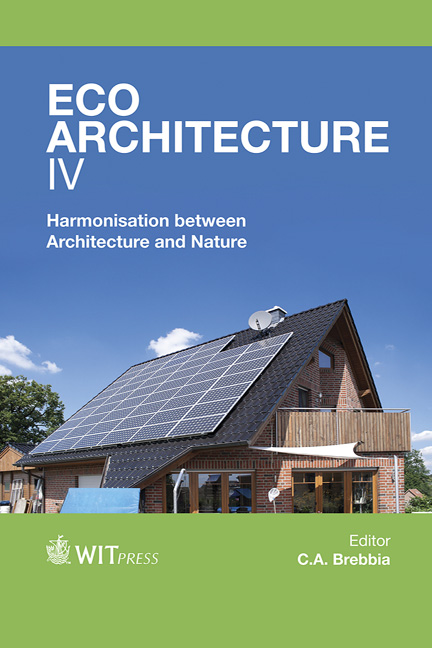A Survey On The Sustainability Patterns In Iranian Desert Architecture
Price
Free (open access)
Transaction
Volume
165
Pages
12
Page Range
27 - 38
Published
2013
Size
736 kb
Paper DOI
10.2495/ARC120031
Copyright
WIT Press
Author(s)
A. Hashemi & F. Barmaki
Abstract
Reserving natural resources, avoidance of environmental pollution, optimizing fossil fuel consumption, and coexistence with nature are all the principles of Iranian desert architecture (IDA). IDA enjoys a variety of unique features which not only comprehend aesthetic necessities but also correspond with natural and ecological capacities of its beds. Investigating the architectural composition of Iranian desert zones, it is conceived that the climate has a significant role in logical formation of the city texture as well as the architecture of these zones. Living in such a harsh climate for ages, the inhabitants have learned to find solutions to remarkably reduce the nettlesome facets of hot and arid climate. Surveying traditional desert architecture reveals some methods and techniques to solve problems of arid hot zones climate and can lead to developing sustainability patterns which can be used in modern architecture. The current paper endeavors to elaborate on some of these patterns. Keywords: architecture, desert, architecture, energy, saving, ecological, design, sustainability.
Keywords
architecture, desert, architecture, energy, saving, ecological, design, sustainability





